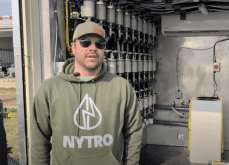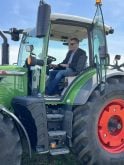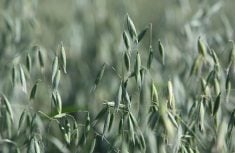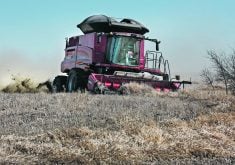Big bird feeding
Ostriches, emus, kiwis, rheas and cassowaries are collectively known as ratites. While many producers and feed manufacturers have extrapolated information from other forms of poultry to develop feeding strategies, ratites merit special consideration.
These big birds do not have a crop. In ostriches and emus, some of the crop storage function is provided by a large proventriculus, which in the ostrich is prone to compaction.
The large intestine of the ostrich is about three times as long as the small intestine. VFA production in the large intestine and ceca approaches levels similar to those in the forestomach of grazers like cows. But the nutritional and energetic significance of this fermentation has not been determined. The rate of passage of feed through the digestive tract is about 48 hours in a 100-pound ostrich.
Read Also
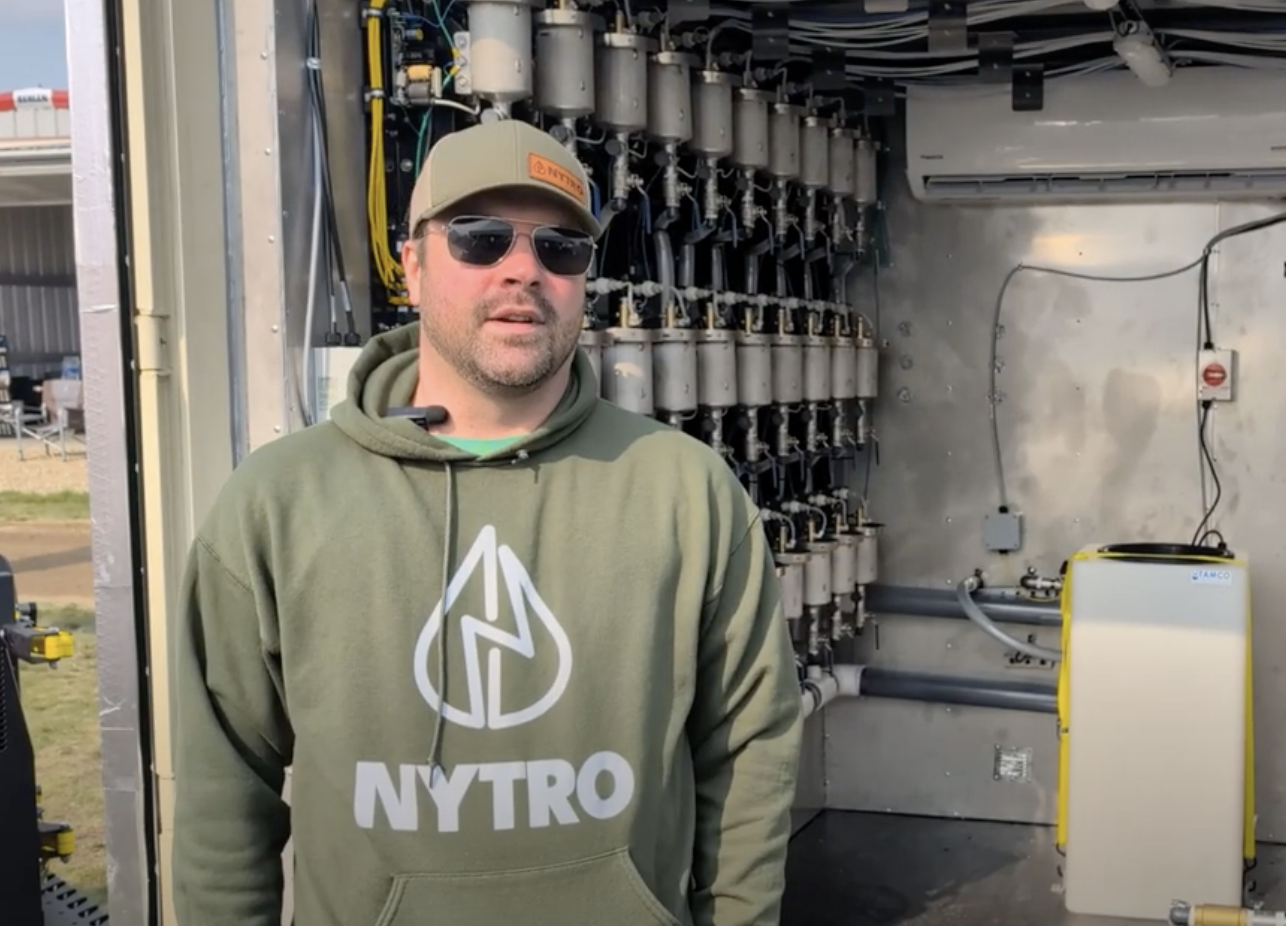
VIDEO: Green Lightning and Nytro Ag win sustainability innovation award
Nytro Ag Corp and Green Lightning recieved an innovation award at Ag in Motion 2025 for the Green Lightning Nitrogen Machine, which converts atmospheric nitrogen into a plant-usable form.
Emus are anatomically different from the ostrich, with the ceca and large intestine being no larger in proportion than other poultry. Despite this, emus have been shown to digest 35-45 percent of neutral detergent fibre in feed. Rate of passage in adult emus is only 5.5 hours. The emu does not have as much problem with impaction as the ostrich.
Most ratite feeds are alfalfa-based. Fibre is very important, but specific fibre requirements are not known. Neither are protein requirements well determined. Most feeds contain 15-24 percent protein. Breeding ostriches are fed approximately 15 percent protein.
The ostrich apparently has the ability to digest more than 50 percent of non-dietary fibre as early as 10 weeks of age. Dietary studies show the ostrich is 40 percent more efficient than poultry in deriving energy from this feed.
The total fat content of diets for young ostriches should be limited to six to eight percent. By 10 weeks of age, the ostrich can digest fat as efficiently as a 12-week old turkey.
Vitamin E and selenium are two other nutrients which have been found to require special supplementation or degenerative myopathy results. This report suggests ostrich rations need to contain 80 IU of vitamin E per kg. Too much selenium can cause embryonic mortalities and deformities.
– Feed Management, Jan. 1994
Hot days, cool cows
On a hot summer day, one thing you don’t want is a hot cow. It is well known that lactating beef and dairy cattle suffering from heat stress produce less milk.
Summer pastures frequently have inadequate levels of potassium to meet the demands of lactating cattle during heat stress periods. Heat stress in cattle means:
- Lower weaning weights.
- Lower milk production.
- Lower net returns.
Ranchers often notice that under heat stress conditions, cattle wean lightweight calves prematurely. Dairy farmers know that when summer temperatures increase, milk production can drop off significantly. These effects are often a direct result of potassium deficiency.
Potassium is not stored to any great extent within an animal’s body. During heat stress conditions, cows eat less. Combine this with the fact that large amounts of potassium are lost through saliva, sweat and urine, and the result is potassium shortage.
In one study there was a five-fold increase in relative potassium loss from the skin during peak heat stress. When temperatures exceeded 30¡ (85¡ F), cows got rid of about 75 percent of their body heat load by way of their lungs and skin through evaporative cooling.
Studies showed that potassium is the primary nutrient secreted by sweating, thus indicating the need for higher potassium in the ration to replace the potassium.
It is interesting to note that sodium is the dominant element secreted through sweating by horses and humans during heat stress, while potassium is the dominant element secreted by cattle.
Farmers and ranchers should be aware that under certain environmental conditions (such as heat stress) and physiological conditions (such as lactation), nutritional requirements for potassium may vary dramatically.
Researchers have noted that potassium requirements for dairy and beef cattle are higher under these conditions than previously reported. Potassium fertilization is one way to offset its loss during heat stress by producing forages with a minimum of two percent potassium. Higher potassium intake helps both dairy and beef cattle tolerate heat and stave off declining milk production.
– Potash & Phosphate Institute


